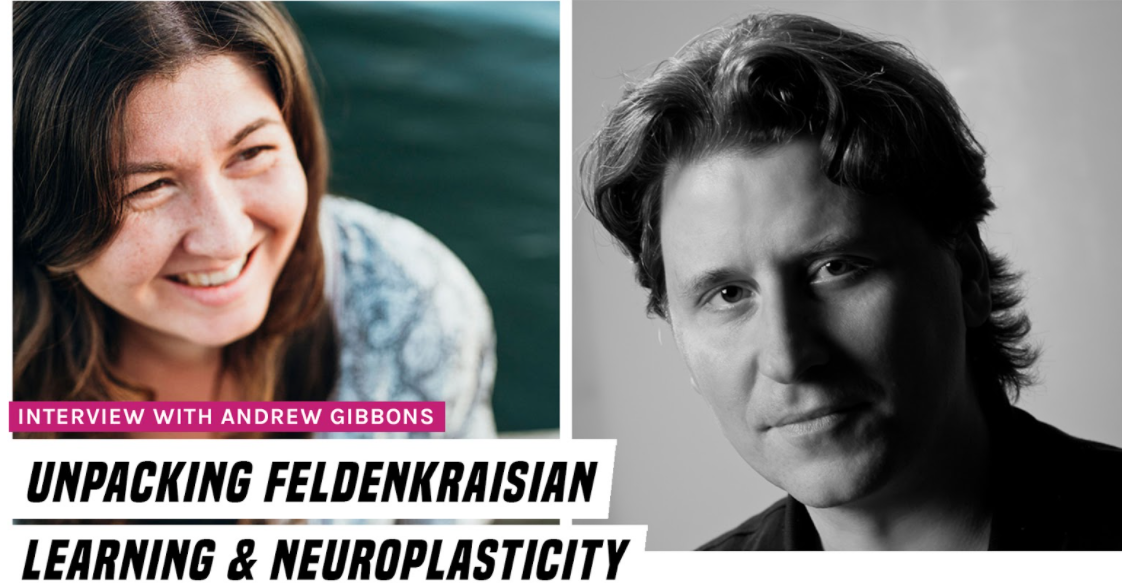
The lessons train your physical and mental equipment in a single, unifying context, where movement and attention are given equal weight. What makes Awareness Through Movement different from any other approach is the way it integrates the physical benefits of exercise and the mental poise of meditation.
With Awareness Through Movement, you’re not bound to an external visual model.
You’re freed to pay attention to yourself, which is exactly what you need to learn better anyway. In the end, this is actually the more genuine path to improvement.
One of the biggest blindspots people have, is the relationship between muscular effort and skeletal support. Here’s a short demonstration to help you sort it out, and change your mindset when you move.
Awareness Through Movement is the best tool I know of to restore the dignity of choice. The strategies built into the lessons—the pace, the timing, the variations, the questions and constraints—are explicitly crafted to help you see into this mysterious layer of human behavior. Because good posture is both the condition you seek, and the ability to measure that condition.
Awareness Through Movement is oriented completely different than exercise. You’ve heard of the phrase, “no pain, no gain”? That’s an exercise aphorism. That’s a mantra that justifies the unpleasantness of your exertion. But what if exertion, or rather it’s potential for amping up the nuerological noise, is masking the problem?
Muscular effort that does not have good skeletal support underneath it creates enormous wear and tear on the soft tissues: the muscles themselves, the ligaments and tendons the fascia, cartilage, discs, and lubricants of the joints. It becomes possible to be upright and yet continuously collapsing into yourself.
So many of the pains and injuries we accumulate over our lives—the back aches, the weak knee, the sore neck, bunions—are rehearsed, acquired and maintained through the way you habitually move. You build injuries by combining effort with ignorance. It can happen in a single action, or spread over a long time and 1,000’s of repetitions, with each turn of the screw hidden in your muscular habit.
How could a scent which hit me with a palpable shock 5 minutes before, recede so completely into the background and disappear? One of the main abilities of the human nervous system is to acclimate to things. To get used to a background.










